Technology could help prevent damage to satellites.


Editor’s note: SpaceX has not announced webcast details for today’s Starship SN11 test. Above is a video feed from NASASpaceflight.com via YouTube.
SpaceX may attempt to test fire — then launch — its latest Starship rocket prototype at the company’s South Texas facility on Friday (March 26).

A team of researchers affiliated with several institutions in South Korea has developed a simple method for converting 2D drawings to 3D objects. In their paper published in the journal Science Advances, the group describes their technique and possible uses for it.
Over the past several decades, 3D printing has become a popular way to create three-dimensional objects in a relatively simple manner. Such printing allows for on-demand supply of simple products. In this new effort, the researchers have developed another way to create 3D objects without the need for a printer.
The technique involves hand-drawing (or conventionally printing) a 2D image on an object using a special pen with special ink and then submerging the object in a tub of water. When the object is pulled from the water, the ink has been partly removed from the object and has formed into a 3D representation of the original image.
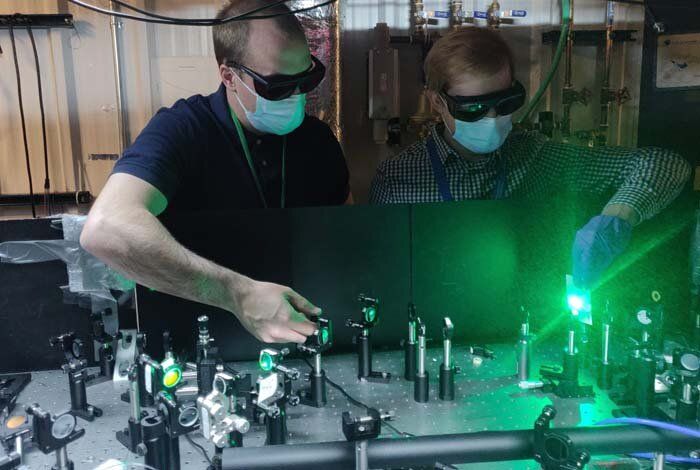
A new class of quantum dots deliver a stable stream of single, spectrally tunable infrared photons under ambient conditions and at room temperature, unlike other single photon emitters. This breakthrough opens a range of practical applications, including quantum communication, quantum metrology, medical imaging and diagnostics, and clandestine labeling.
“The demonstration of high single-photon purity in the infrared has immediate utility in areas such as quantum key distribution for secure communication,” said Victor Klimov, lead author of a paper published today in Nature Nanotechnology by Los Alamos National Laboratory scientists.
The Los Alamos team has developed an elegant approach to synthesizing the colloidal-nanoparticle structures derived from their prior work on visible light emitters based on a core of cadmium selenide encased in a cadmium sulfide shell. By inserting a mercury sulfide interlayer at the core/shell interface, the team turned the quantum dots into highly efficient emitters of infrared light that can be tuned to a specific wavelength.

The torsion balance contains a rigid balance beam suspended by a fine thread as an ancient scientific instrument that continues to form a very sensitive force sensor to date. The force sensitivity is proportional to the lengths of the beam and thread and inversely proportional to the fourth power of the diameter of the thread; therefore, nanomaterials that support the torsion balances should be ideal building blocks. In a new report now published on Science Advances, Lin Cong and a research team in quantum physics, microelectronics and nanomaterials in China have detailed a torsional balance array on a chip with the highest sensitivity level. The team facilitated this by using a carbon nanotube as the thread and a monolayer graphene coated with aluminum films as the beam and mirror. Using the experimental setup, Cong et al. measured the femtonewton force exerted by a weak laser. The balances on the chip served as an ideal platform to investigate fundamental interactions up to zeptonewton in accuracy.
A modern role for ancient scientific instruments
The torsion pendulum is an ancient scientific instrument used to discover Coulomb’s law in 1785 and to determine the density of Earth in 1798. The instrument is useful across a range of applications including existing scientific explorations of precisely determining the gravitational constant. The most efficient method to achieve high sensitivity in the setup is by reducing the diameter of the suspension thread as much as possible. For instance, in 1931, Kappler et al. used a centimeters-long thread to develop a highly sensitive torsion balance to set a record for a hitherto unattained intrinsic force sensitivity. At present, carbon nanotubes form one of the strongest and thinnest materials known. In this work, the team synthesized ultra-long carbon nanotubes (CNTs) and large-area graphene to substantially increase the lengths of the balance beam and suspension thread to significantly improve the sensitivity of the instrument.
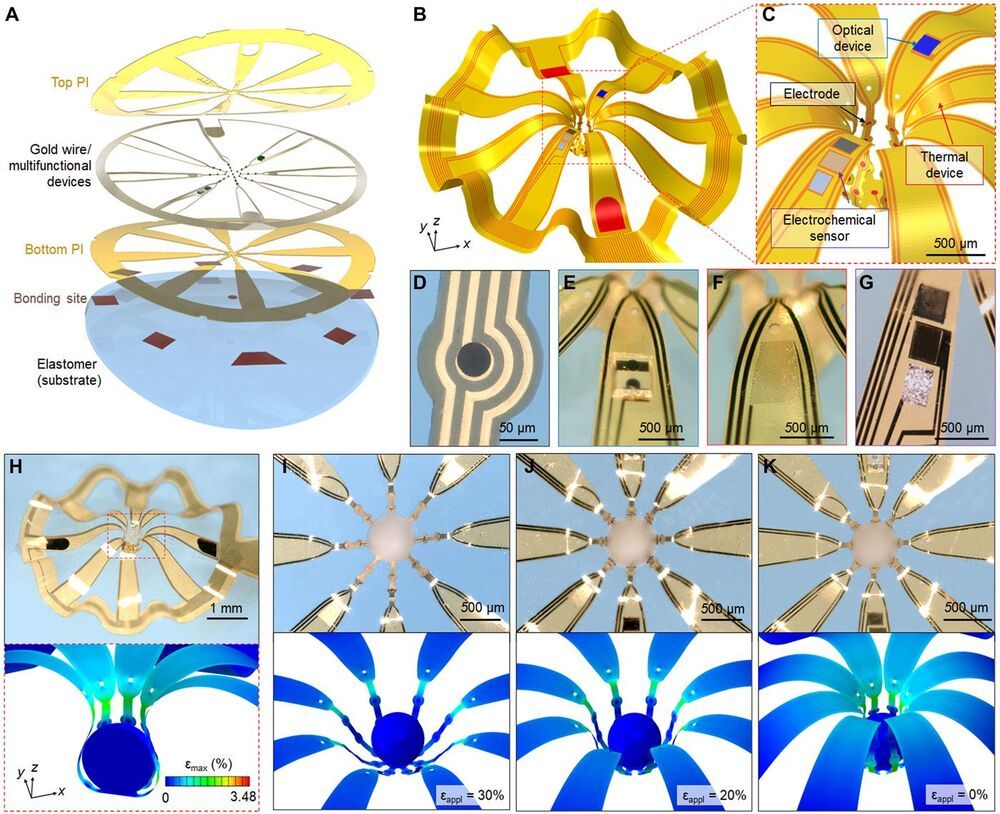
Three-dimensional (3D), submillimeter-scale constructs of neural cells, known as cortical spheroids, are of rapidly growing importance in biological research because these systems reproduce complex features of the brain in vitro. Despite their great potential for studies of neurodevelopment and neurological disease modeling, 3D living objects cannot be studied easily using conventional approaches to neuromodulation, sensing, and manipulation. Here, we introduce classes of microfabricated 3D frameworks as compliant, multifunctional neural interfaces to spheroids and to assembloids. Electrical, optical, chemical, and thermal interfaces to cortical spheroids demonstrate some of the capabilities. Complex architectures and high-resolution features highlight the design versatility. Detailed studies of the spreading of coordinated bursting events across the surface of an isolated cortical spheroid and of the cascade of processes associated with formation and regrowth of bridging tissues across a pair of such spheroids represent two of the many opportunities in basic neuroscience research enabled by these platforms.
Progress in elucidating the development of the human brain increasingly relies on the use of biosystems produced by three-dimensional (3D) neural cultures, in the form of cortical spheroids, organoids, and assembloids (1–3). Precisely monitoring the physiological properties of these and other types of 3D biosystems, especially their electrophysiological behaviors, promises to enhance our understanding of the interactions associated with development of the nervous system, as well as the evolution and origins of aberrant behaviors and disease states (4–8). Conventional multielectrode array (MEA) technologies exist only in rigid, planar, and 2D formats, thereby limiting their functional interfaces to small areas of 3D cultures, typically confined to regions near the bottom contacting surfaces.
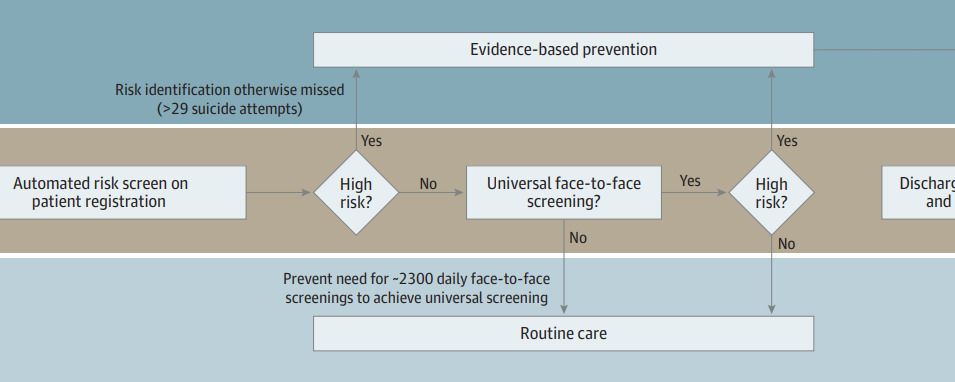
Importance Numerous prognostic models of suicide risk have been published, but few have been implemented outside of integrated managed care systems.
Objective To evaluate performance of a suicide attempt risk prediction model implemented in a vendor-supplied electronic health record to predict subsequent suicidal ideation and suicide attempt.
Design, Setting, and Participants This observational cohort study evaluated implementation of a suicide attempt prediction model in live clinical systems without alerting. The cohort comprised patients seen for any reason in adult inpatient, emergency department, and ambulatory surgery settings at an academic medical center in the mid-South from June 2019 to April 2020.
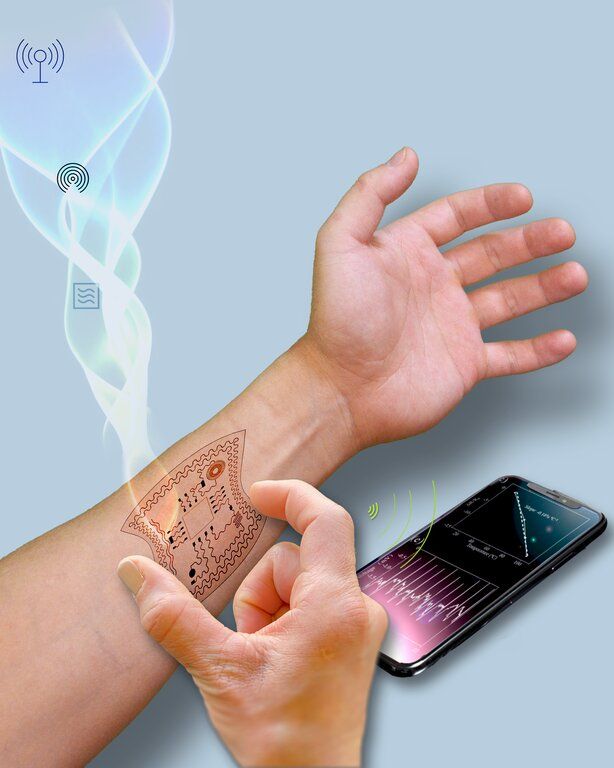
From microwave ovens to Wi-Fi connections, the radio waves that permeate the environment are not just signals of energy consumed but are also sources of energy themselves. An international team of researchers, led by Huanyu “Larry” Cheng, Dorothy Quiggle Career Development Professor in the Penn State Department of Engineering Science and Mechanics, has developed a way to harvest energy from radio waves to power wearable devices.
The researchers recently published their method in Materials Today Physics.
According to Cheng, current energy sources for wearable health-monitoring devices have their place in powering sensor devices, but each has its setbacks. Solar power, for example, can only harvest energy when exposed to the sun. A self-powered triboelectric device can only harvest energy when the body is in motion.
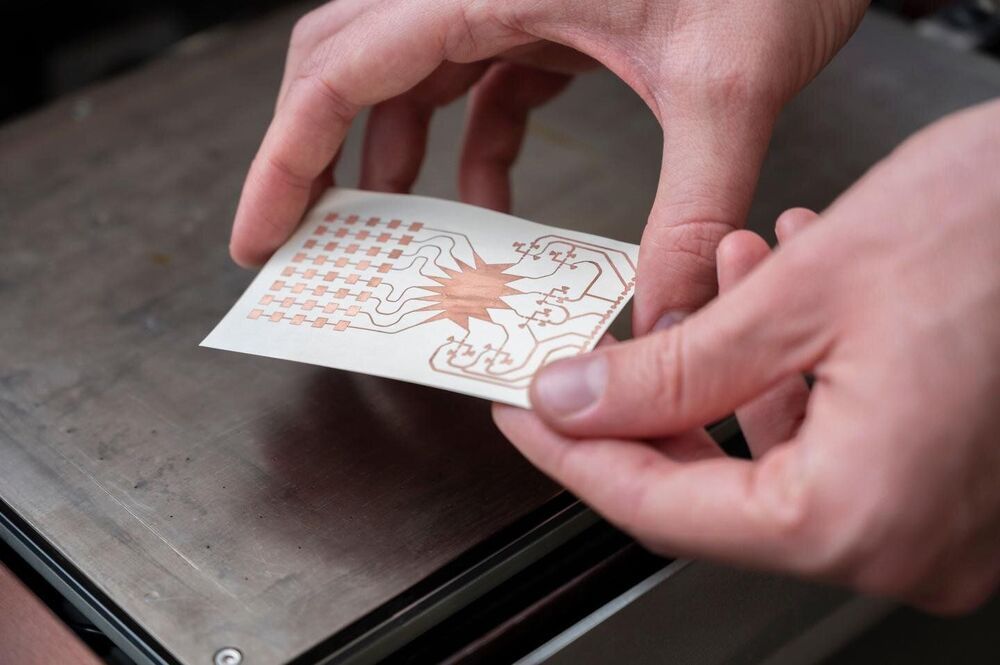
Researchers at the Georgia Institute of Technology have uncovered an innovative way to tap into the over-capacity of 5G networks, turning them into “a wireless power grid” for powering Internet of Things (IoT) devices that today need batteries to operate.
The Georgia Tech inventors have developed a flexible Rotman lens-based rectifying antenna (rectenna) system capable, for the first time, of millimeter-wave harvesting in the 28-GHz band. (The Rotman lens is key for beamforming networks and is frequently used in radar surveillance systems to see targets in multiple directions without physically moving the antenna system.)
But to harvest enough power to supply low-power devices at long ranges, large aperture antennas are required. The problem with large antennas is they have a narrowing field of view. This limitation prevents their operation if the antenna is widely dispersed from a 5G base station.
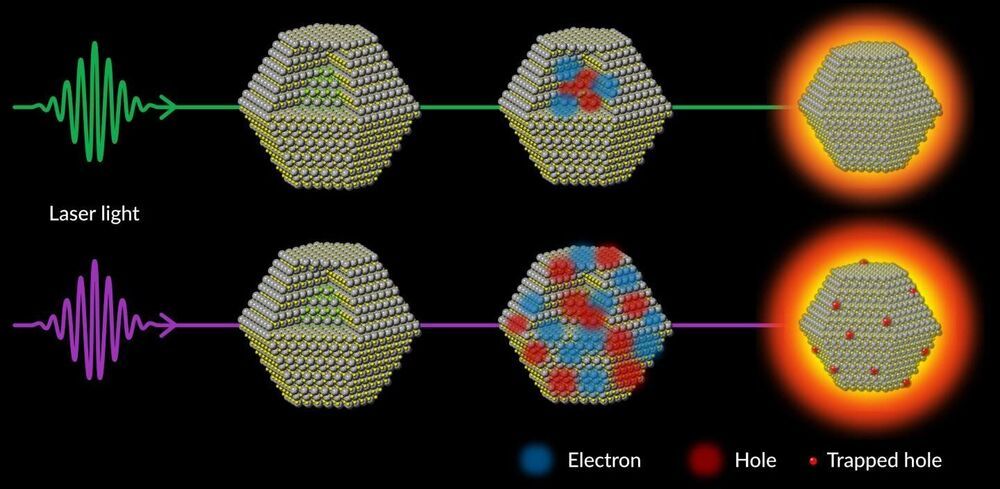
Bright semiconductor nanocrystals known as quantum dots give QLED TV screens their vibrant colors. But attempts to increase the intensity of that light generate heat instead, reducing the dots’ light-producing efficiency.
A new study explains why, and the results have broad implications for developing future quantum and photonics technologies where light replaces electrons in computers and fluids in refrigerators, for example.
In a QLED TV screen, dots absorb blue light and turn it into green or red. At the low energies where TV screens operate, this conversion of light from one color to another is virtually 100% efficient. But at the higher excitation energies required for brighter screens and other technologies, the efficiency drops off sharply. Researchers had theories about why this happens, but no one had ever observed it at the atomic scale until now.